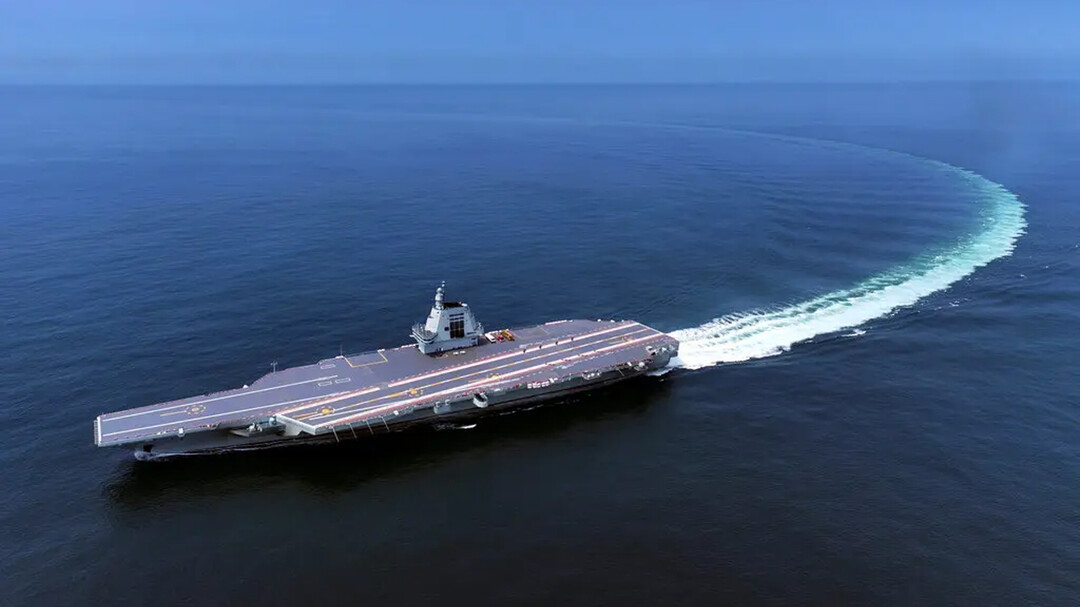
BEIJING – China has officially inaugurated its third aircraft carrier, the Fujian, marking a significant technological leap for the People’s Liberation Army Navy (PLAN) and intensifying military concerns across the Pacific, particularly around the Taiwan Strait. Chinese President Xi Jinping attended the commissioning ceremony held on November 5 at a naval port in Sanya, Hainan Province.
The Fujian (Type 003), launched in 2022 and undergoing sea trials since May 2024, joins the Liaoning (commissioned 2012) and the Shandong (commissioned 2019) to form China's three-carrier fleet. Unlike its predecessors, which were based on Russian ski-jump ramp technology, the 80,000-ton Fujian is China's first domestically designed and built carrier, featuring a groundbreaking electromagnetic catapult system (EMALS).
This advanced launch system, previously only operational on the U.S. Navy's latest USS Gerald R. Ford class, is a game-changer for the PLAN. Electromagnetic catapults allow for a greater sortie rate and enable the launch of heavier aircraft with full fuel and weapons loads, significantly extending the carrier's combat radius. The Fujian’s flight deck showcased its new air wing capabilities during the ceremony, hosting the J-35 stealth fighter, the J-15T heavy fighter, and the KJ-600 early warning and control aircraft—all capable of catapult-assisted takeoff.
The commissioning of the Fujian is seen as a pivotal step in China's ambition to transform its navy from a coastal defense force into a true blue-water navy, capable of projecting power across the Indo-Pacific. Analysts note that a three-carrier fleet will allow the PLAN to maintain a continuous operational presence, with one carrier deployed while the others are under maintenance or training.
This expansion is viewed in the context of China’s broader strategic goals: asserting dominance within the "First Island Chain" (near the South China, East China, and Yellow Seas) and challenging U.S. influence in the "Second Island Chain," which includes key American military installations like Guam.
However, despite the technological advancements, Chinese military commentators caution that the navy still has a deficit in terms of performance, quantity, and combat experience compared to the U.S. fleet, which operates 11 nuclear-powered carriers. Nevertheless, the Fujian’s entry into service complicates the defense planning of regional rivals, particularly Taiwan, as China continues to rapidly modernize its naval assets.
Furthermore, China is not slowing down. The conventionally powered Sichuan (a 40,000-ton light carrier with an EMALS) was recently launched, and a fourth, potentially nuclear-powered, aircraft carrier is reportedly under construction. The commissioning of the Fujian is a clear signal of Beijing's unwavering commitment to building a formidable global naval power.
[Copyright (c) Global Economic Times. All Rights Reserved.]



























